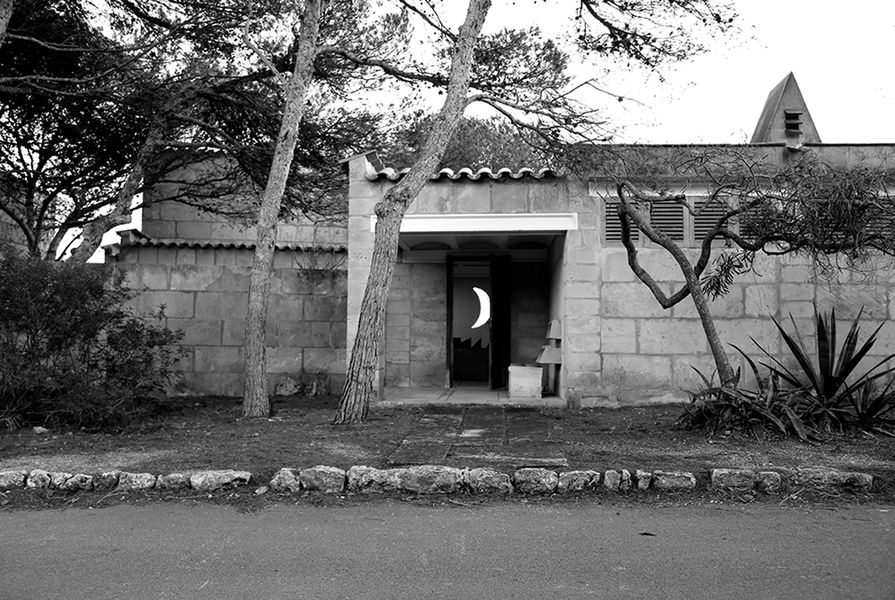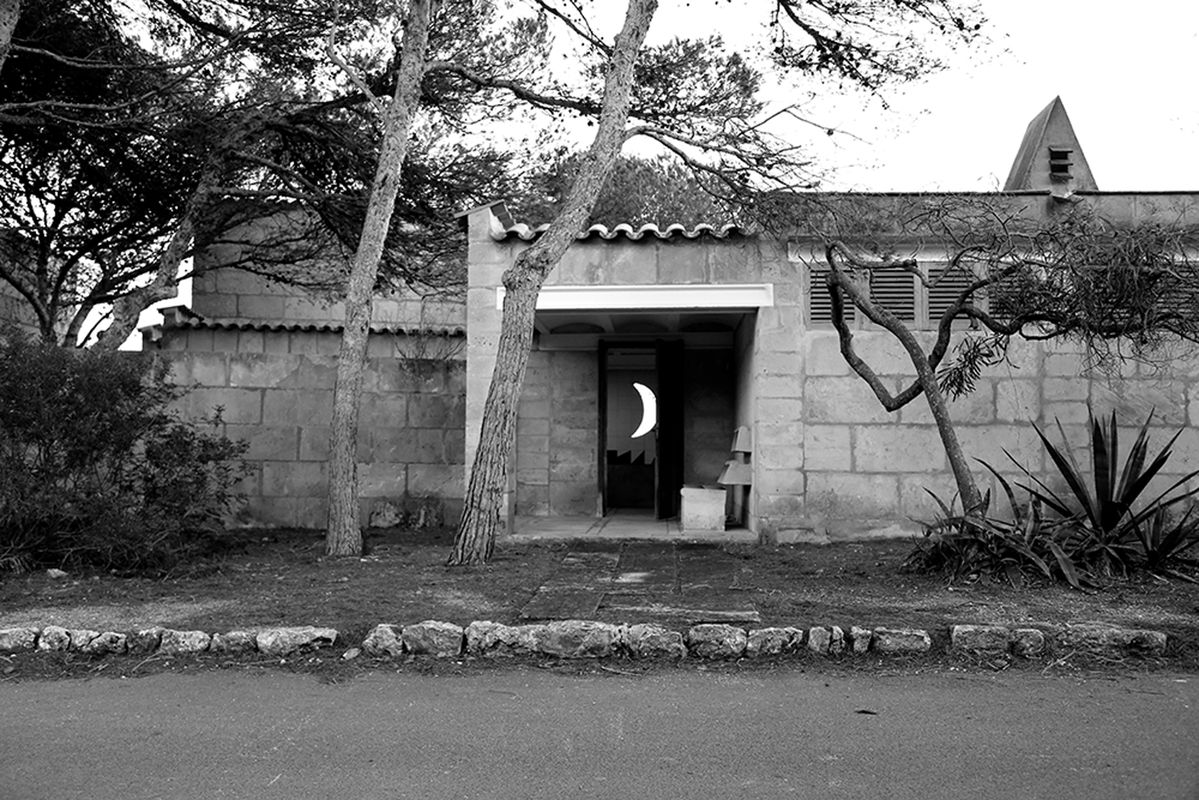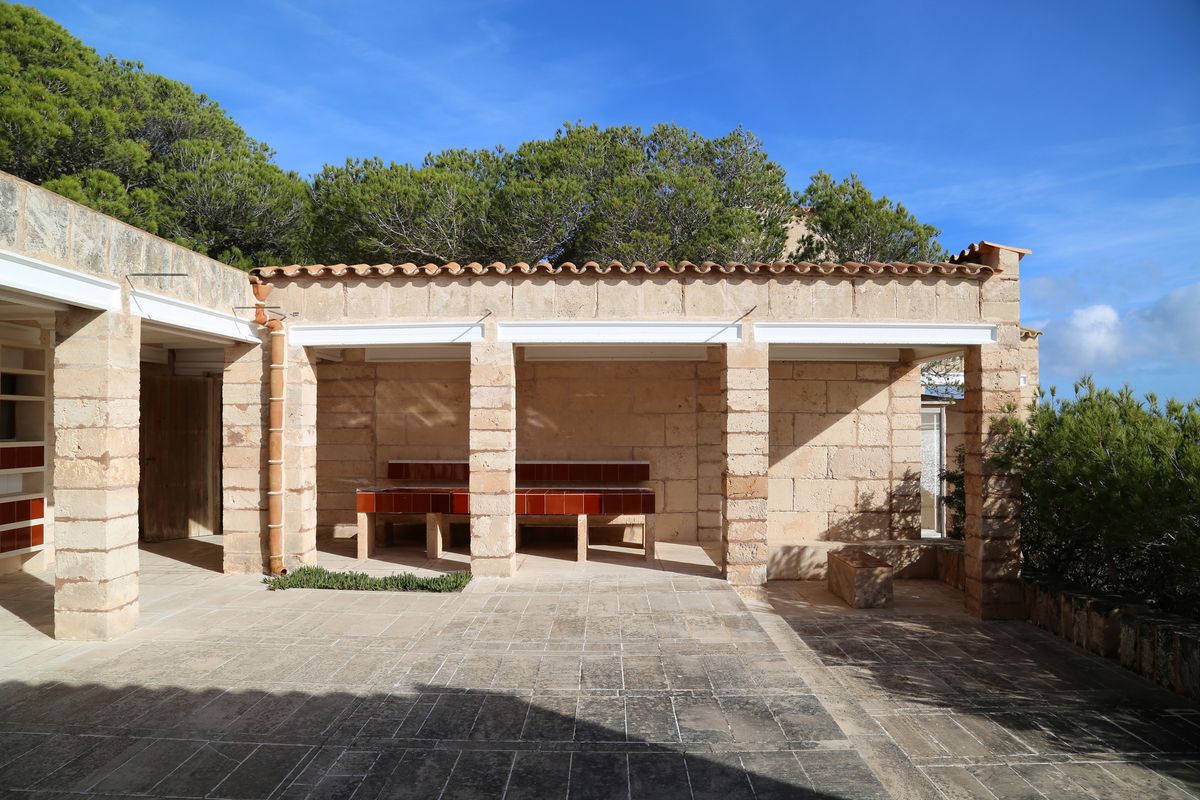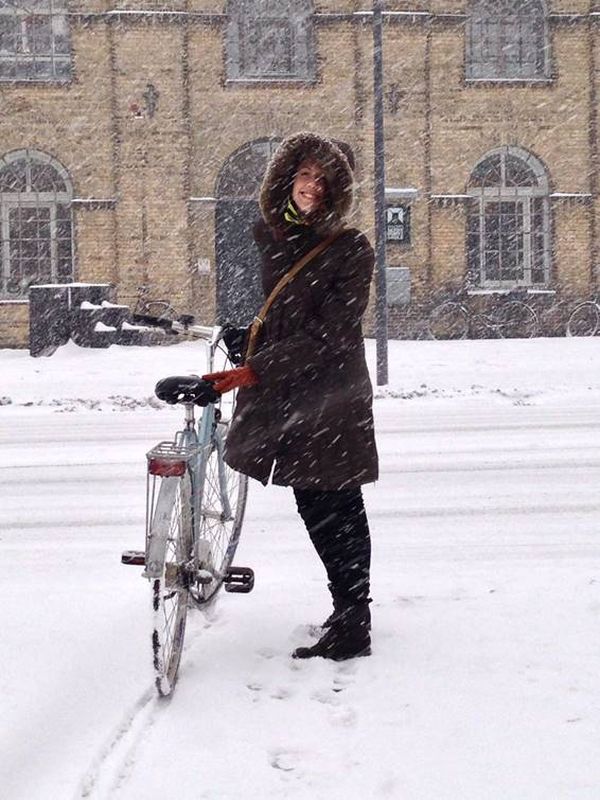In the words of Louise Herron, the Sydney Opera House’s formidable CEO, all initiatives need a great acronym. It was with this sentiment that MADE, the Multidisciplinary Australian-Danish Exchange, was born.
Envisaged as a ten-year program, MADE ran from 2013 to 2023, amassing a network of 89 alumni across Denmark and Australia. Supported by the Sydney Opera House and industry partners including Arup, Steensen Varming and the NSW Architects Registration Board, MADE celebrated multidisciplinary collaboration.
I was in the first MADE cohort, which headed to Denmark in 2014. It was, in many ways, a social experiment. Every year, MADE took ten students, all with different backgrounds, and placed them in a foreign country, where they completed a six-week-long project. Expectations were high, intervention was minimal, and deliverables were ambitious, largely because MADE attracted high achievers. We not only stayed at Utzon’s Can Lis – a life-changing experience, and a MADE rite of passage – but, in our case, ventured to Iceland and enjoyed a bank-account-draining dinner at Noma.
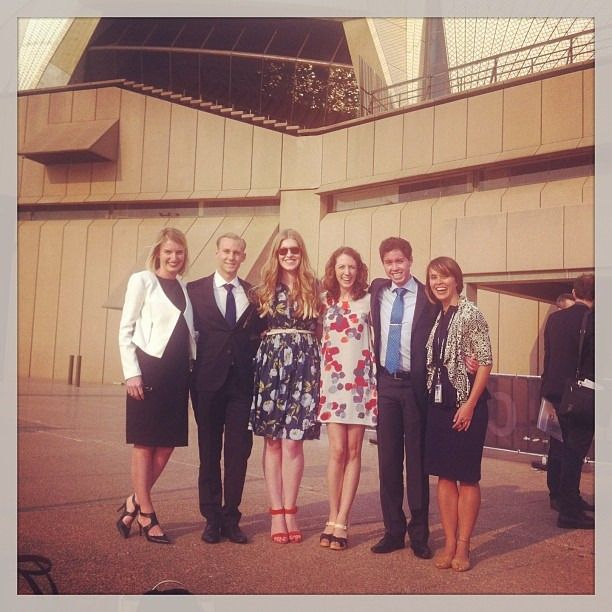
The 2014 Australian MADE scholarship winners. L–R: Laura Craft, Robert Martin, Olivia Savio-Matev, Jennifer McMaster, and Matthew Wells.
Image: Courtesy Jennifer McMaster
Unlike university, which tends towards silos, MADE focused on interdisciplinary collaboration. The program testified to the fact that collaboration is easy to romanticize, but hard to do. MADE forced its students to work beyond industry archetypes, balancing confidence and competence with listening and empathy. In short, it was messy, which was where its magic lay.
MADE moved with the times, emblemizing cultural progress. As the years went by, the Danish projects, which were often centred on the Opera House, became increasingly focused on sustainability and connecting with Country. With their fresh, foreign eyes, the Danes drew inspiration from our sandstone coastline, abhorred Sydney’s flailing nightlife, and consistently wanted to reinstate “the people’s house” through new programming and architectural gestures. Their projects were consistently inspired, interrogatory, and idealistic in a way that echoed Utzon’s bold, competition-winning scheme.
The comparisons born from cross-cultural immersion were equally influential. Theoretic lessons – on Copenhagen’s finger plan, Gehl’s teachings and Utzon’s design principles – were made manifest in the streets we rode down, the public spaces we inhabited, and the buildings we visited. In Denmark, well-designed places were everywhere; they were not striated or elitist, nor perceived as negotiable. This instilled an appreciation of how good design, and architectural quality, could better enrich Australia.
MADE scholarship winners at the host firm, Henning Larsen in Copenhagen.
Image: Courtesy Jennifer McMaster
Equally, Danish working practices left a lasting imprint. Henning Larsen, our host firm, was a quiet and studious environment, where birthdays were signalled with cakes covered in Danish flags. Every day, the entire office stopped and sat down for a meal. Women were visible in leadership positions, hours were (generally) reasonable and people left early to collect their kids. When we started Trias, we were similarly committed to this Danish approach, something we’ve sustained throughout our practice.
MADE has left many legacies: for me, an early drive to return to Denmark ricocheted in the opposite direction and led me back home to build Trias. Utzon’s work, from the serenity of Hellebæk to the planning of Kingo, inspires me to this day.
For many of us, MADE was career-defining. For some, it anchored their wanderlust, leading to overseas internships, work, and study. For others, they moved into adjacent disciplines, from the film industry to the CSIRO. On the Danish side, there have been successful practices, industry-leading researchers, and even a MADE marriage. The alumni continue to orbit one another like satellites, crossing paths as they move to and from Australia and Denmark. Many have come full circle, going from participants to mentors, and graduates to managers.
Ten years on, this MADE family is finally complete. So, to this, and to everyone involved, I say: tusind tak, det var hyggeligt.

